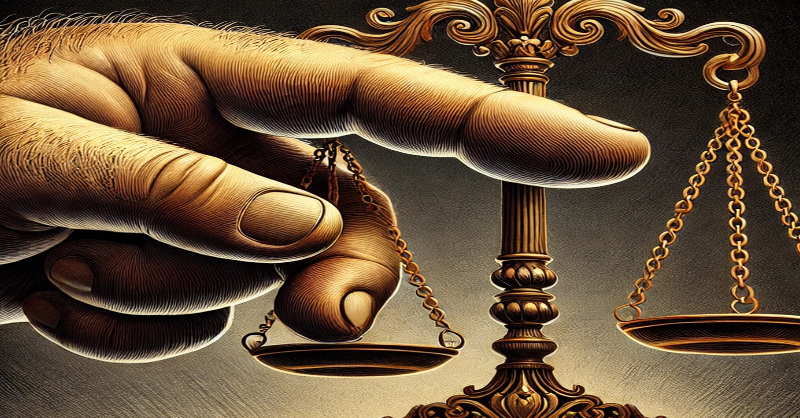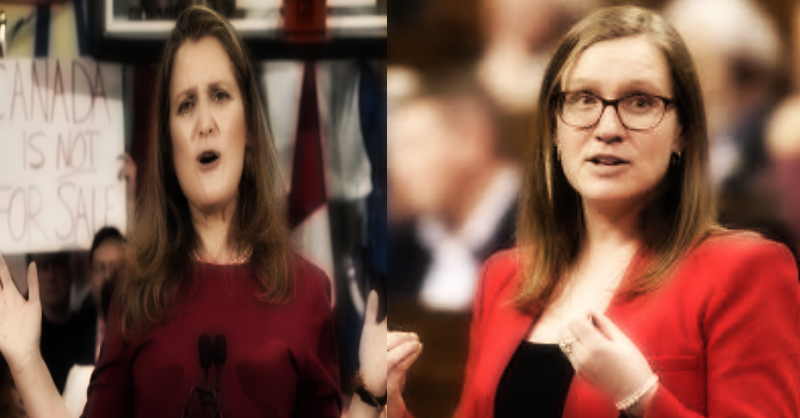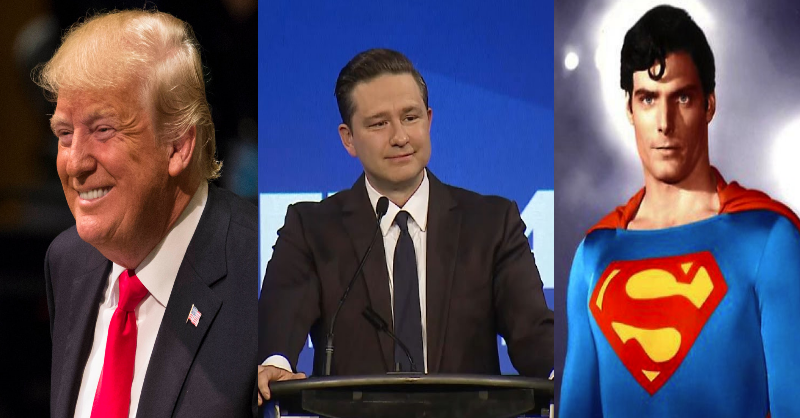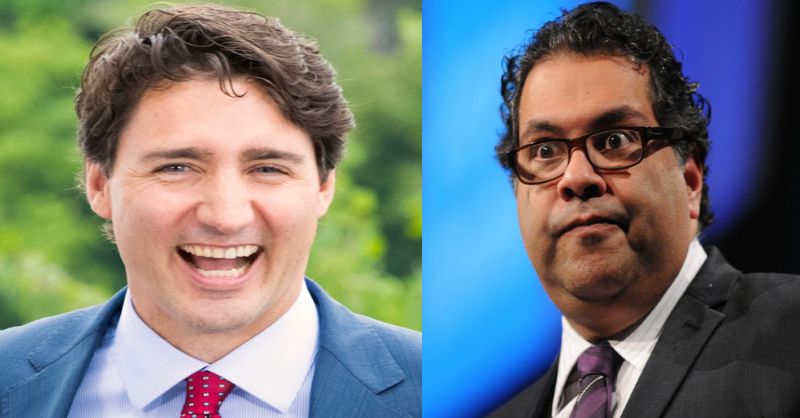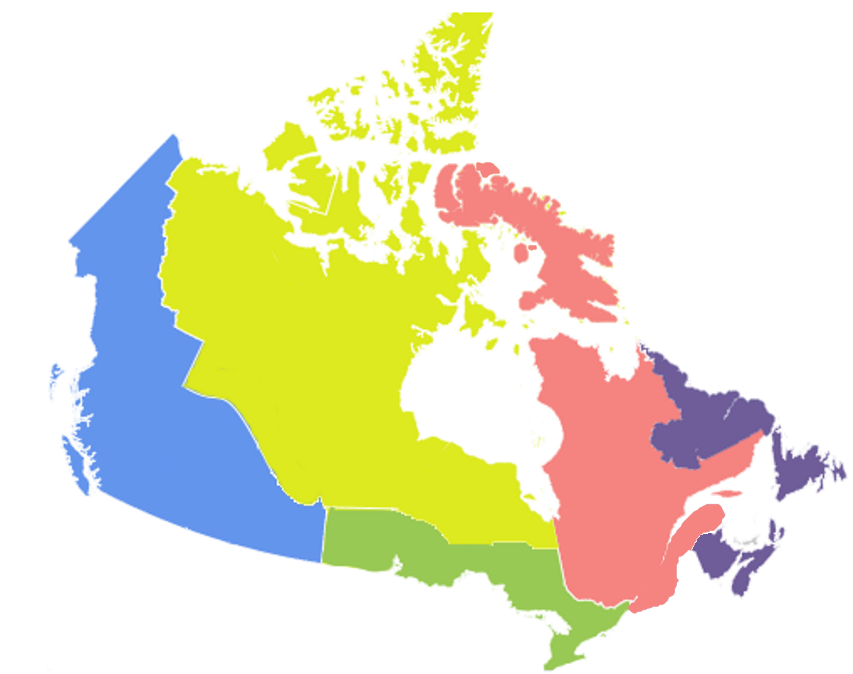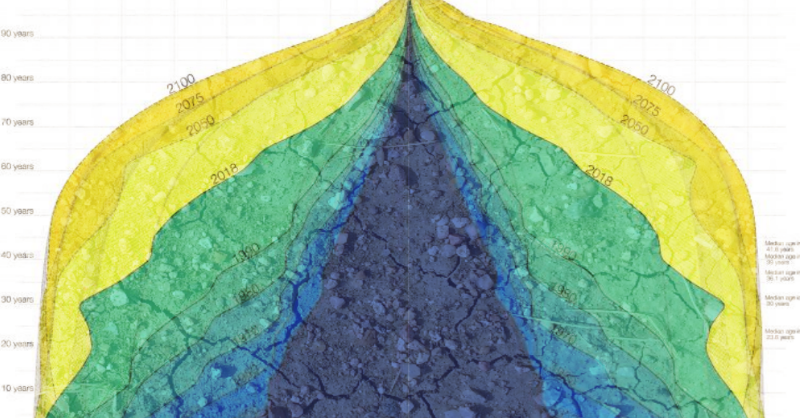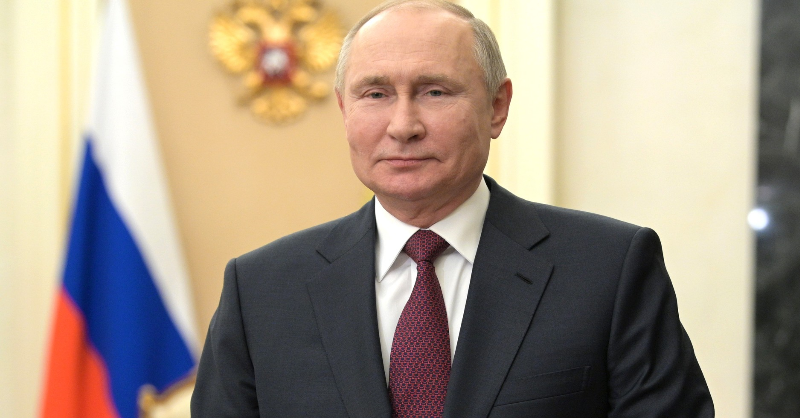Mark Carney clawed his way to a strong minority
government, dragging the battered Liberal Party across the finish
line with 169 seats in the House of Commons—a result that would
have seemed laughable mere months ago. But with the help of elite
media backing and a manufactured air of fiscal competence, the former
central banker—a technocrat with deep ties to global financial
institutions—has now seized the reins of Canadian politics. His
rise signals not renewal, but a calculated realignment: a Trojan
horse strategy to infiltrate the political centre with just enough
right-leaning window dressing to seduce disillusioned Conservative
voters. The early gestures—tax relief here, a softened climate
policy there—are not signs of moderation, but bait. Beneath the
surface lies a far more dangerous ambition: to gut the Conservative
base, consolidate Liberal power, and prepare the ground for a
sweeping agenda of progressive overreach that Carney has never had to
answer for at the ballot box.
Mark Carney's long con is underway.
Beating Down Conservatives
One of Carney's first actions as Prime Minister
was the elimination of the consumer portion of Canada's carbon
pricing policy. Implemented in 2019, the consumer carbon tax had
become increasingly unpopular among Canadians. Carney justified its
removal by stating that the policy had become too divisive and that a
new approach was needed to unite Canadians in the fight against
climate change. He proposed replacing the tax with incentives to
encourage greener choices, such as purchasing energy-efficient
appliances or electric vehicles.
This move was seen by many as an attempt to court
Conservative voters who had long opposed the carbon tax. By removing
a policy that had been a point of contention, Carney positioned
himself as a leader willing to listen to public concerns and adapt
accordingly.
In addition to environmental policy, Carney
signalled a shift in economic strategy. He pledged to cancel the
planned increase in the capital gains tax, a move that was welcomed
by investors and business leaders. Carney argued that this decision
would promote sustainable growth and investment in the Canadian
economy.
Furthermore, Carney promised to cut the marginal
tax rate on the lowest income bracket, aiming to provide relief to
middle-class families. This tax cut was projected to save dual-income
families approximately $825 per year.
Carney's policy decisions appear to be part of a
broader strategy to build a temporary coalition that extends beyond
traditional Liberal supporters. By adopting policies typically
associated with the Conservative platform, he aims to attract voters
who may have previously felt alienated by the Liberal Party's
direction. This approach could potentially weaken the Conservative
base and consolidate support for the Liberals in future elections.
At the same time, Carney has not abandoned
progressive goals. His government plans to invest significantly in
infrastructure, dedicating $5 billion to the Trade Diversification
Corridors Fund to construct critical infrastructure like ports,
railroads, and terminals. Additionally, Carney has committed to
doubling the pace of new housing construction in Canada, aiming for
500,000 new builds per year by the end of the decade.
In terms of defence, Carney has pledged to
increase military spending, with $18 billion allocated over the next
four years. This includes plans to strengthen Arctic security, raise
military salaries, and construct new base housing. Carney aims to
meet the NATO target of spending 2% of GDP on defence by 2030.
Lies
Despite the removal of the consumer carbon tax,
Carney remains committed to environmental sustainability. He has
proposed the introduction of a "carbon border-adjustment"
to penalize high-polluting foreign imports, aiming to protect
Canadian industries and promote cleaner practices globally.
Carney also plans to implement the Made-in-Canada
Sustainable Investment Guidelines, known as the transition taxonomy,
to mobilize capital for transition investments. This initiative is
intended to provide clear, science-based criteria to identify
economic activities that are in transition towards sustainability.
These environmental
initiatives will have adverse effects on
the Canadian economy, particularly in the energy sector. Concerns
have been raised about potential conflicts of interest, given
Carney's past affiliations with organizations like the Glasgow
Financial Alliance for Net Zero.
One of the most glaring features of Mark Carney’s
2025 campaign was its enthusiastic embrace of promises that flatly
contradict the worldview he laid out in his public lectures and
published works over the last decade. Chief among these reversals is
his sudden aversion to capital gains tax reform. Just a few years
ago, Carney had been a vocal advocate for rebalancing tax policy to
address wealth inequality, explicitly warning that Canada’s tax
structure disproportionately favoured capital over labour. Yet in
this campaign, Carney abruptly reversed course, pledging to scrap a
planned capital gains hike that would have affected only the
wealthiest investors.
Similarly, while Carney has repeatedly championed
“inclusive capitalism” and the moral necessity of a robust
welfare state, his platform offered only tepid commitments to
expanding social programs—carefully omitting any serious investment
in pharmacare, elder care, or a universal basic income. Even his
housing platform—promising to double the pace of construction to
500,000 units per year—clashes with past remarks in which he
emphasized the dangers of overreliance on housing as an economic
growth engine, and the need to shift investment toward
productivity-enhancing sectors.
Carney’s ascent to the PMO leaves a wide chasm
between his carefully staged nationalistic rhetoric and his
decades-long entrenchment in the very globalist elite institutions
that Canadian voters have grown increasingly wary of. As former
Governor of both the Bank of Canada and the Bank of England, and
later as UN Special Envoy on Climate Action and Finance, Carney was
not just adjacent to the world’s financial elite—he was a trusted
architect of their agenda. He has long aligned himself with
transnational frameworks that prioritize financial deregulation
masked as climate policy, including the Glasgow Financial Alliance
for Net Zero (GFANZ), where he lobbied for private-sector climate
financing mechanisms that conveniently enrich multinational banks
while bypassing democratic oversight.
Now, as Prime Minister, Carney is trying to drape
himself in the flag, offering hollow reassurances about defending
“Canadian interests” and “domestic industry,” while parroting
the same ESG-aligned investment jargon he used to pitch global
capital to reshape sovereign economies. The man who once lauded open
borders, free trade absolutism, and the inevitability of financial
integration now claims to care about manufacturing jobs in Ontario
and food affordability in Alberta. It’s a sleight of hand only
possible because the media elite that enabled his rise won’t call
out the hypocrisy. Carney’s pivot isn’t about conviction—it’s
a rebranding effort designed to smuggle technocratic globalism past a
fatigued electorate, under the banner of national renewal.
A Calculated Political Strategy
What Mark Carney is executing isn’t
governance—it’s a trap. His sudden embrace of right-leaning
policies is not a shift in ideology, but a surgical political
strategy to seduce disillusioned Conservative voters, fracture the
party’s base, and dismantle any remaining opposition to Liberal
dominance. By mimicking fiscal restraint and echoing selective
populist talking points, Carney is buying time and trust—just
enough to wedge himself into the center-right vacuum. But don't be fooled, this is a temporary mask.
The real goal is clear—secure a majority
government, consolidate power, and then unmask the true agenda.
With political cover and the media in his pocket,
Carney would have the freedom to unleash sweeping progressive
overhauls: binding climate mandates, corporate ESG regulations, and
UN-aligned financial controls that would gut Canada’s energy
sector, stifle private enterprise, and handcuff provincial
sovereignty. Conservatives lulled into complacency by tax breaks and
trimmed rhetoric may soon wake up to find they’ve walked willingly
into the cage.
This strategy carries risks. Balancing the
interests of a diverse coalition requires careful navigation, and any
perceived betrayal of promises could lead to political fallout.
Furthermore, the economic implications of environmental policies must
be managed to avoid negative impacts on key sectors of the Canadian
economy.
Mark Carney's early tenure as Prime Minister
reflects a strategic pivot aimed at reshaping the Canadian political
landscape. By adopting policies that appeal to a broader range of
voters, he seeks to build a more inclusive coalition and position the
Liberal Party for long-term success. However, this approach requires
careful balancing of competing interests and a clear vision for
Canada's future. As Carney navigates the complexities of governance,
his ability to deliver on promises and manage the economic
implications of his policies will be critical to his success and the
country's prosperity.
Mark Carney’s political ideology, as laid out in
his 2021 book Values: Building a Better World for All,
offers a blueprint for how he intends to reshape Canada’s
economy—not as a technocrat, but as a market reformer with a moral
compass. At its core, Carney’s thesis is that modern capitalism has
become dangerously detached from the public interest because it
prioritizes market value over societal values. He argues that
rebalancing this equation is essential to addressing the great crises
of our age—climate change, inequality, and declining trust in
institutions.
Under Carney’s model, companies will no longer
exist to serve shareholders or innovate—they will exist to fulfill
social objectives defined by bureaucrats and international
institutions. Through his so-called “transition taxonomy” and
carbon border adjustments, Carney is erecting a quiet economic
regime: one where investment is steered not by risk and reward, but
by compliance with ideological orthodoxy. ESG scores become the new
gatekeepers of capital; profit is subordinated to political
narrative.
What Carney is constructing is not policy—it’s
infrastructure for control. This isn’t about saving the environment
or fixing markets. It’s about embedding Liberal values so deeply
into Canada’s financial system that future governments can’t
untangle them, no matter who wins the next election. The long con
isn’t just electoral—it’s systemic. Carney’s true legacy
won’t be a few green energy subsidies or recycled campaign slogans;
it will be the slow, deliberate transformation of Canadian capitalism
into a managed economy that permanently tilts the scales in favour of
Liberal rule.




